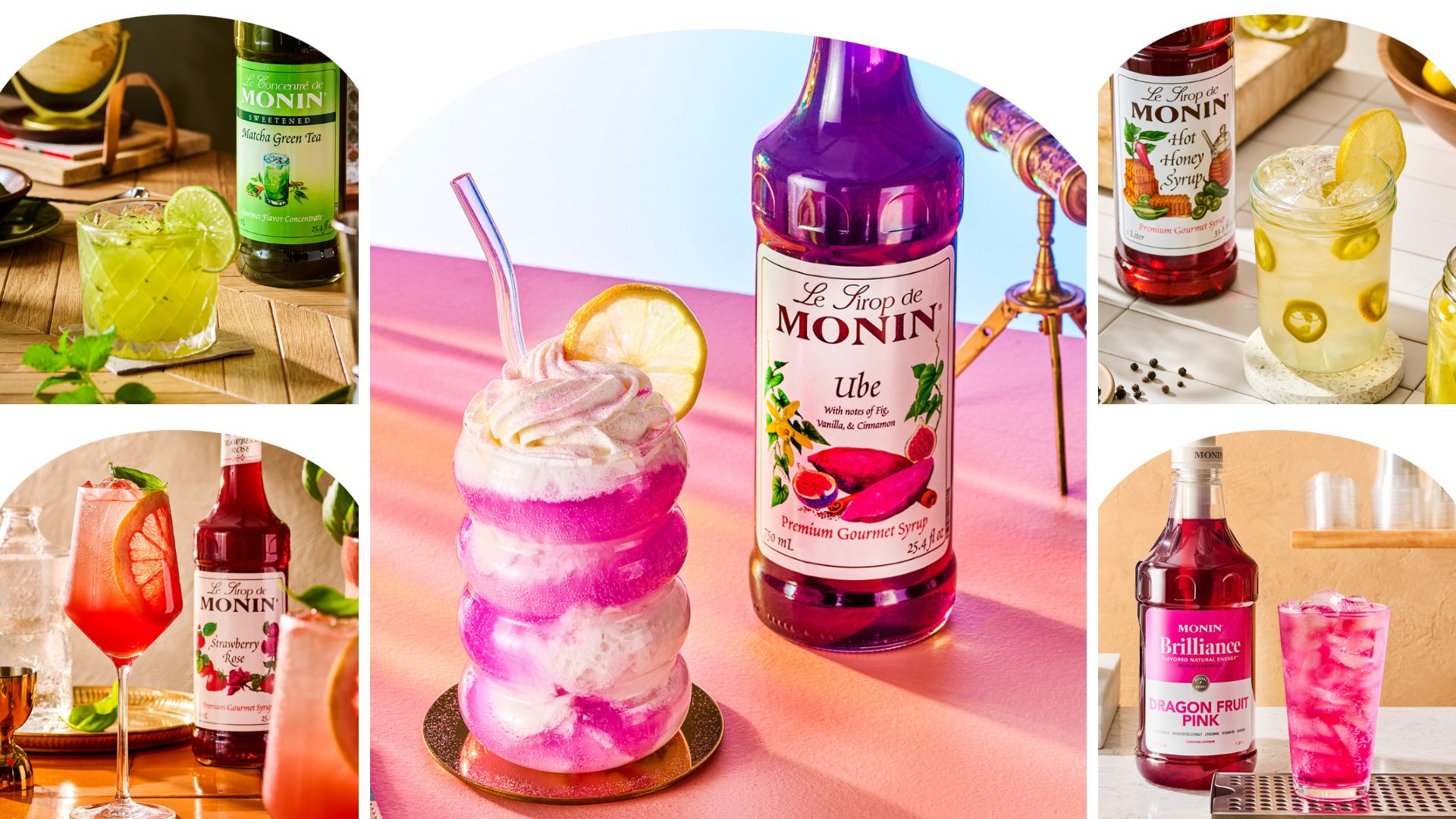Beverages continue to outperform general grocery retail sales, and energy drinks are leading the charge, up 6.3% in the 52-weeks ending July 15 compared to the year before, according to data from Circana. Why? Headwinds to other beverage categories are making the formerly high price points look more attractive to consumers.
Over the same period, unit sales for ready-to-drink shelf-stable tea and coffee dropped 4.8% and RTD refrigerated tea and coffee rose 1.2%. This compares to the overall 0%-1% projected volume growth expected for the food and beverage industry by the end of the year.
One reason for this move is clear: coffee-based caffeine is getting much more expensive, resulting in consumers seeing affordably priced alternatives.
As a product, coffee prices were up 14.5% year-over-year in July, according to The Food Institute analysis of government data. On shelf, this means single serve coffee and tea sell for between $3.39 and $3.84, according to Circana data provided to The Wall Street Journal.
At cafés, the average coffee ranges between $3.08 for a cup of regular coffee, to $5.46 for a specialty latte, with numbers reaching as high as $6.08 for the latter in select states, according to Toast data fielded in 2024. Energy drinks, meanwhile, sit at a more attractive $3.45 per unit.
Celsius CFO Jarrod Langhans explained the price parity phenomena to the news source.
“The price point is helping energy, because if you think about the price increases that have gone through across most of beverage, they’ve been much higher than what energy has pushed through,” Langhans said.
“The price gaps are much tighter.”
The brand strategically aims its prices between Monster and Red Bull. Monster Beverage, owner of Monster energy and Nos, plans a “selective price increase” strategy by Q4 2025. Brand stakeholders cited the vertical’s relatively smaller price increase magnitude compared to other beverage categories as a reason for the decision.
Beyond Value: Coasting on Better-For-You, Functional Vibes
Although energy drinks seldom breach the conversation of the better-for-you halo, many innovations currently on-shelf have improved ingredient labels. Celsius’ offerings include a host of added vitamins and minerals while also providing 200 mg of caffeine in only 10 calories, for example.
This approach is paying off, as it’s ingratiated itself in the top three energy drink brands by unit sales, closely trailed by Alani Nu, which the company acquired earlier this year.
“Beverages are medicine now. It’s quick, easy, and convenient,” John Salle told FI in a report earlier this year about the category’s M&A growth potential.
Plus, even legacy leaders offer a relatively healthier alternative to standard soda when seeking out a caffeine fix. Case in point: Red Bull offers 80 mg of caffeine in an 8 oz beverage that includes 26g of sugar, while Coca Cola offers the same sugar content in its 8 oz format for roughly a third of the caffeine.
Moreover, in a survey from earlier this year, 35% of consumers cited energy as a top characteristic they look for in their functional beverage, ranking #4 behind hydration, gut-support, and skin health.
Beyond energy, newer innovations offer a permissible indulgence with unique flavors that protect their nutrition labels. This is an area where coffee has historically excelled but has since lost ground.
On trend flavors such as C4 Energy’s collaboration with Jolly Rancher on a sugar-free peach flavor entice consumer nostalgia, while Tenzing’s Fiery Mango flavor offers a globally inspired flavor profile with functional benefits to boot.
The Food Institute Podcast
How will the One Big Beautiful Bill Act (OBBBA) impact your food business? Unraveling the implications of new legislation is never easy, but Patrick O’Reilly and Jeff Pera of CBIZ explain how provisions of the bill related to no tax on tips, depreciation and expensing of capital purchases, and research and development will impact the industry.










